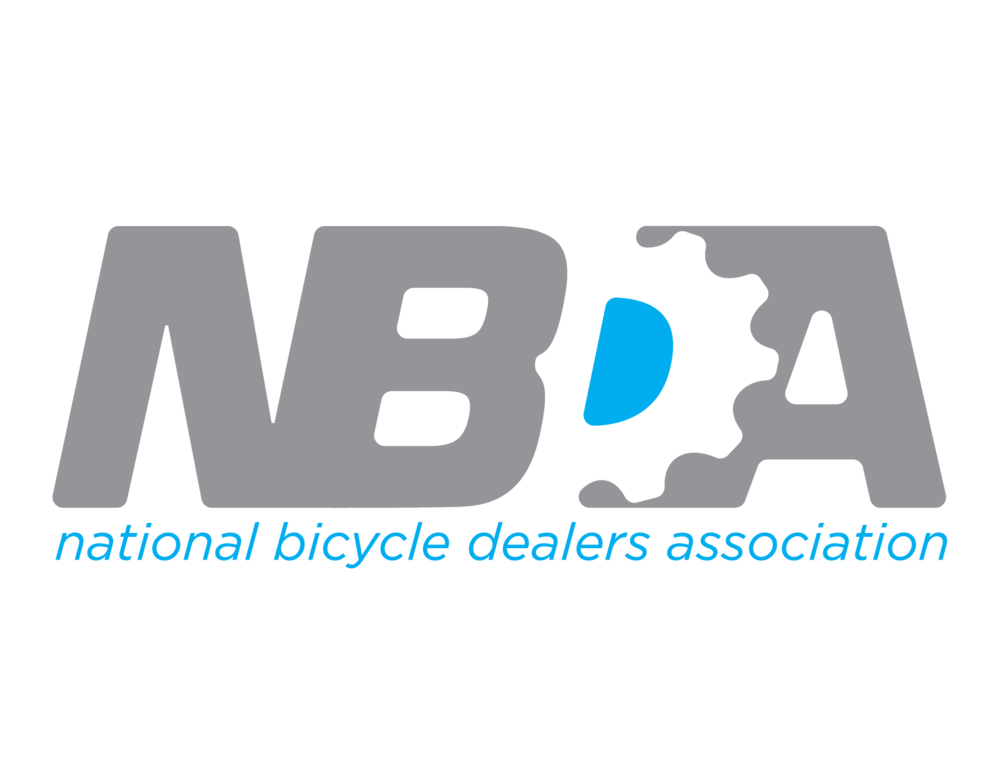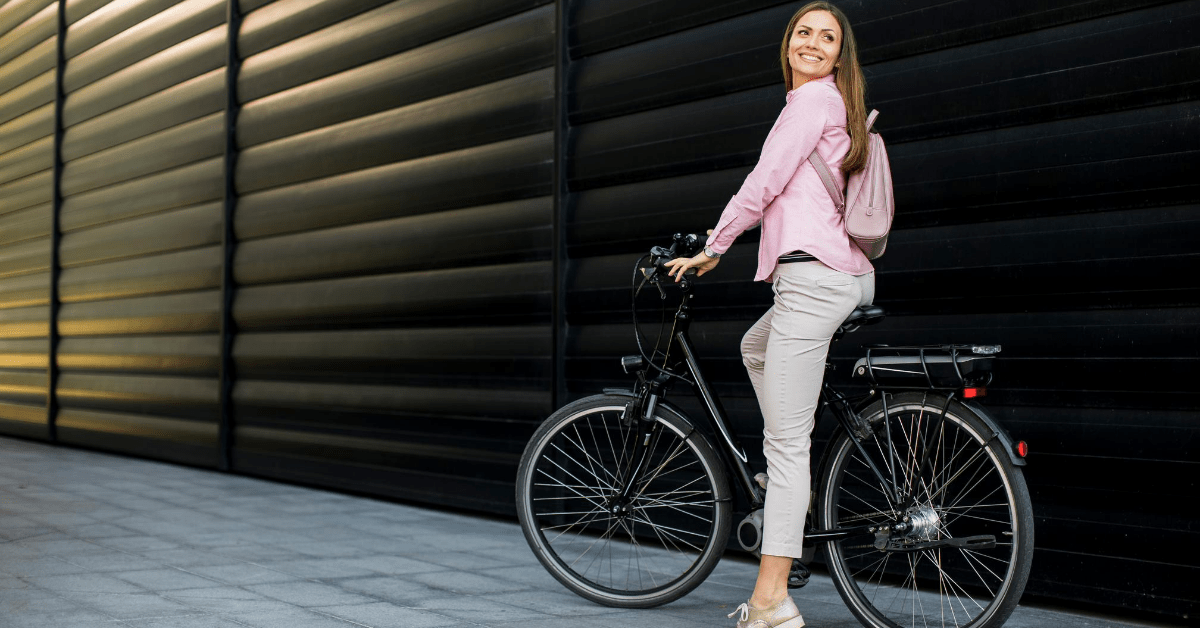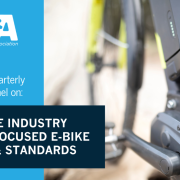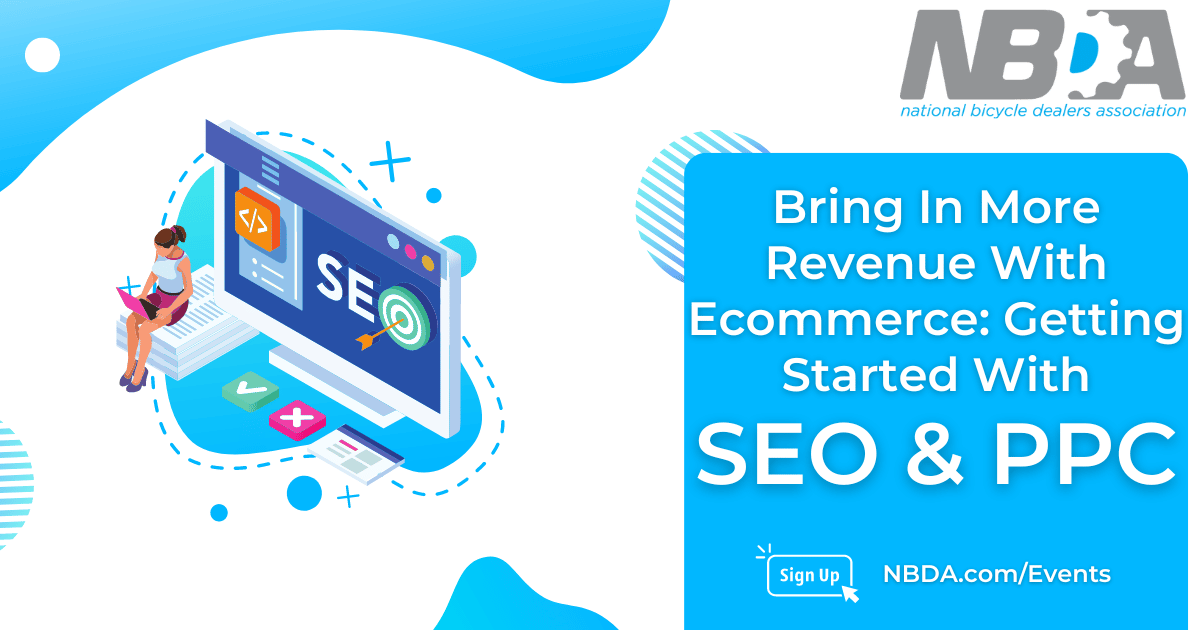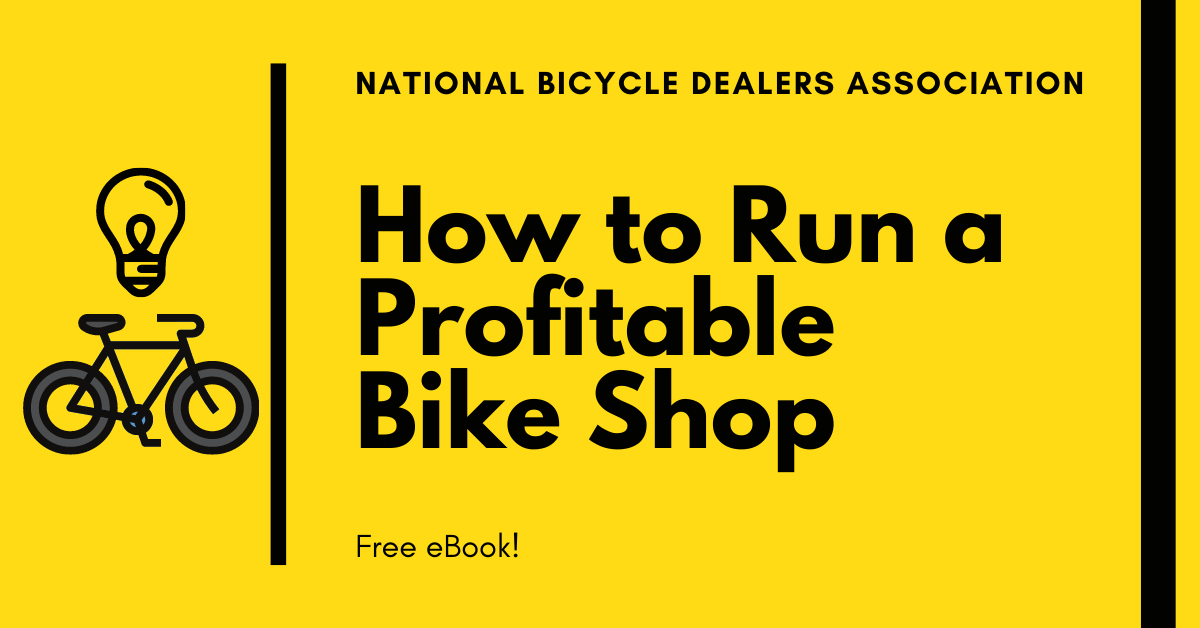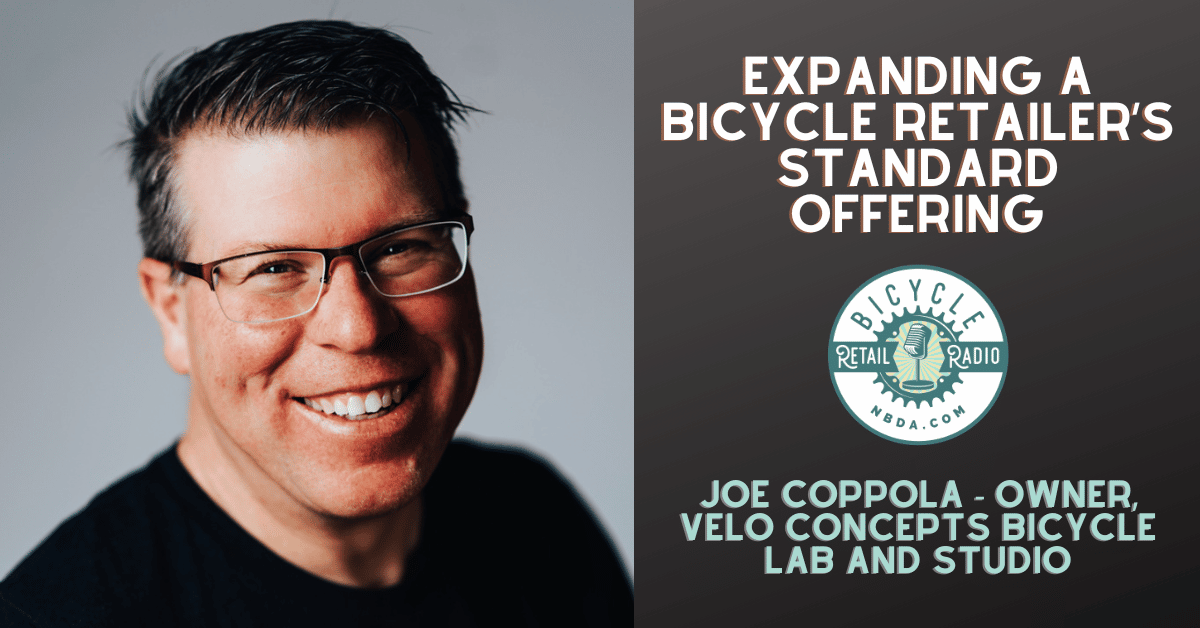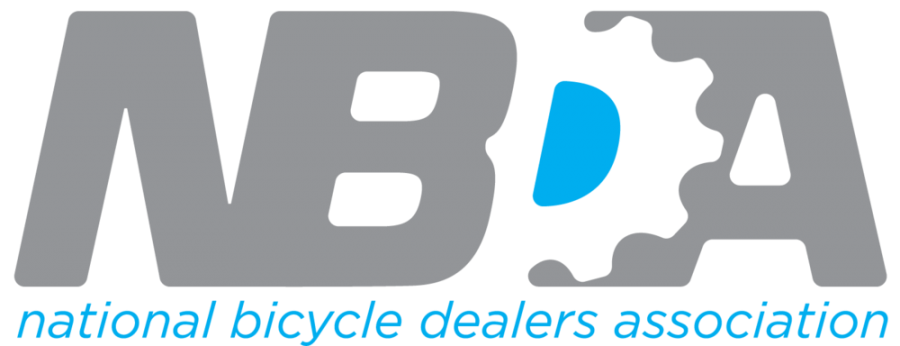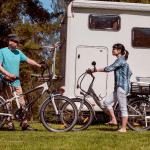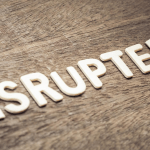Selling Ebikes Part Two: 6 Ways To Power Up Your Sales
In Selling Ebikes Part One: The Struggles For The Typical IBD, we looked at the challenges, primarily those faced by the typically sized IBD related to capitalizing on the e-bike market.
In this second article on the subject, we will look at what can help drive success for that typical IBD. While the challenges are genuine due to financial issues previously outlined, I believe there are ways to succeed.
Six Keys to Successfully Sell Ebikes
1.Enthusiasm & Confidence. Without legitimate interest, it will be challenging to sell e-bikes. Pretty simple, but critical. In my own business the first year we made an effort to sell e-bikes a customer asked if we sold e-bikes. An employee joked – “No, but Dave does.” It was funny at first until it dawned on me that I was selling better than 75% of the units and working the sales floor less than 10 hours a week. Product training, knowledge, and experience all lead to increased enthusiasm and confidence. Make sure your staff is set up to succeed.
2. Test Rides. This technique seems obvious, but when talking e-bikes, test rides take on a deeper meaning. It means actively engaging every single customer that walks into your store to try one out. Convey to them that it’s a new category of bikes, and you love to see what people think of the product. Let them know you are genuinely curious about their thoughts versus trying to sell them one. Disarm the interaction from a sales presentation to a product review. There are two goals here; the first is to get one more person to understand the product even if there is zero chance they will buy one. They will, however, know other people and can let them know. The more folks out there that understand the product and that your store sells it, the better off you will be. The second goal is obviously to sell them an e-bike. I would guess half of my sales came from a very enthusiastic approach to getting people with no intention of buying an e-bike to ride it. Taking someone from a potential $600 sale to one over $2000 is pretty satisfying!

3. Know the product. This is a product that many of your staff may not be drooling over. Your team needs to understand how critical these sales are to your success and know the details of the e-bikes they are selling. Battery capacity, motor size, charging information, customizing the tune, and associated apps pertinent to the e-bikes you are stocking are mandatory pieces of information. Knowing the classes, the restrictions on where they can be ridden, and areas that they are allowed cannot be overlooked. Selling e-mtb’s when your local trails are off-limits could lead to prickly conversations between the customers who bought the bikes and the local trail groups and land managers.
4. Ride the e-bikes yourself! Nothing is more comfortable than selling a product you understand and enjoy. Nothing tells a customer that the product is incredible than the salesperson who uses the same product or brand. Anyone who worked the sales floor of a bike shop has been asked, “what do you ride?’ a bazillion times.
5. Allocate the dollars and develop a plan. It may take you a year or two, or even more to fully build out your inventory and develop yourself and your employees into e-bike selling experts. You cannot just throw them on the floor and expect them to sell themselves. It may take some time to be able to afford the extra inventory costs. Working with your vendors is critical here. You may need to discuss ways to go “off program” to grow the sales organically and grow into the category. It would help if you considered the potential numbers in a way that’s workable while assuring your vendors you want to improve the category. This hurdle is the basis of part one of this series.
6. Planning and promotion. You will need to address this category as a new business. Realistically, layout your goals and how to get there. Budget what the time and dollars commitments will be. To be successful, you need to get outside the store and bring the bikes anywhere you feel you can get people on them and introduce them to the product. Farmer’s markets, springtime lawn, and garden, or camping, and RV shows. Outdoor expos, retirement communities, and expos. The list of potential promotional outlets is as endless as your imagination. The goal, however, is simple – get people to ride and understand the bikes. You also want to merchandise your website correctly, and this article will give you some great ideas. Simply put, the e-bike category needs promotion to drive sales.
There are some situations where e-bike sales may legitimately not make sense for you, or you may be employing the above tactics and more, yet you experience less than stellar results. One example that comes to mind would include mountain bike specialty shops whose nearby riding opportunities are closed to e-bikes. Some stores may not be fans of e-bikes, and I think we should respect that. I recently had an excellent conversation with Brice Erickson, owner of B&L bicycles in Pullman, Washington. He has employed the techniques above and more. His enthusiasm for e-bikes is infectious. He has had tremendous success selling them and has far surpassed any averages for shops his size. He said he had become an e-bike store at this point, which also sells and services traditional bikes! Brice is an example of what enthusiasm, knowledge, and belief in the e-bike category can do for your sales. Brice’s business is in a small town and proves that it is possible to exploit this category without being a big store in a big market. I recently did a podcast interview with Karen Wiener of The New Wheel in the San Francisco Bay Area, an e-bike specialty store. Karen and her husband opened and grew their stores organically, and with the hilly area they live in, e-bikes were a natural fit. It is essential to understand that not every store can live up to some of the outlier examples given. Still, the category at this point is on such a fantastic growth curve. It would be a big disappointment to let the potential slip through your hands. Put in the effort to understand the products, ride the bikes, and engage your vendors to find ways to make e-bikes a success.
Finally, if you find yourself struggling and would like to grow your e-bike sales or understand your finances better, I would be excited to learn more about your business and develop a plan to help you. You can reach me at david@nbda.com.
Words by David DeKeyser
 David DeKeyser and his wife Rebecca Cleveland owned and operated The Bike Hub in De Pere, Wisconsin, for nearly 18 years. In 2018, they sold the business and real estate to another retailer based in a nearby community. David now writes the Positive Spin series on Bicycle Retailer and Industry News and he writes articles for the NBDA’s blog, Outspokin’. David also provides business consulting through the NBDA’s P2 Consult Program.
David DeKeyser and his wife Rebecca Cleveland owned and operated The Bike Hub in De Pere, Wisconsin, for nearly 18 years. In 2018, they sold the business and real estate to another retailer based in a nearby community. David now writes the Positive Spin series on Bicycle Retailer and Industry News and he writes articles for the NBDA’s blog, Outspokin’. David also provides business consulting through the NBDA’s P2 Consult Program.
 The NBDA has been here since 1946, representing and empowering specialty bicycle dealers in the United States through education, communications, research, advocacy, member discount programs, and promotional opportunities. As shops are facing never-before-seen circumstances, these resources offer a lifeline. Together, we will weather this. We at the NBDA will not waver in our commitment to serving our members even during this challenging time—but we need your support.
The NBDA has been here since 1946, representing and empowering specialty bicycle dealers in the United States through education, communications, research, advocacy, member discount programs, and promotional opportunities. As shops are facing never-before-seen circumstances, these resources offer a lifeline. Together, we will weather this. We at the NBDA will not waver in our commitment to serving our members even during this challenging time—but we need your support.
Now is the time to become a member as we join together to make one another stronger. Whether you’re a retailer or an industry partner, your membership in the NBDA is one of the best investments you’ll make this year.
Learn more about the benefits of being a member and join now.
